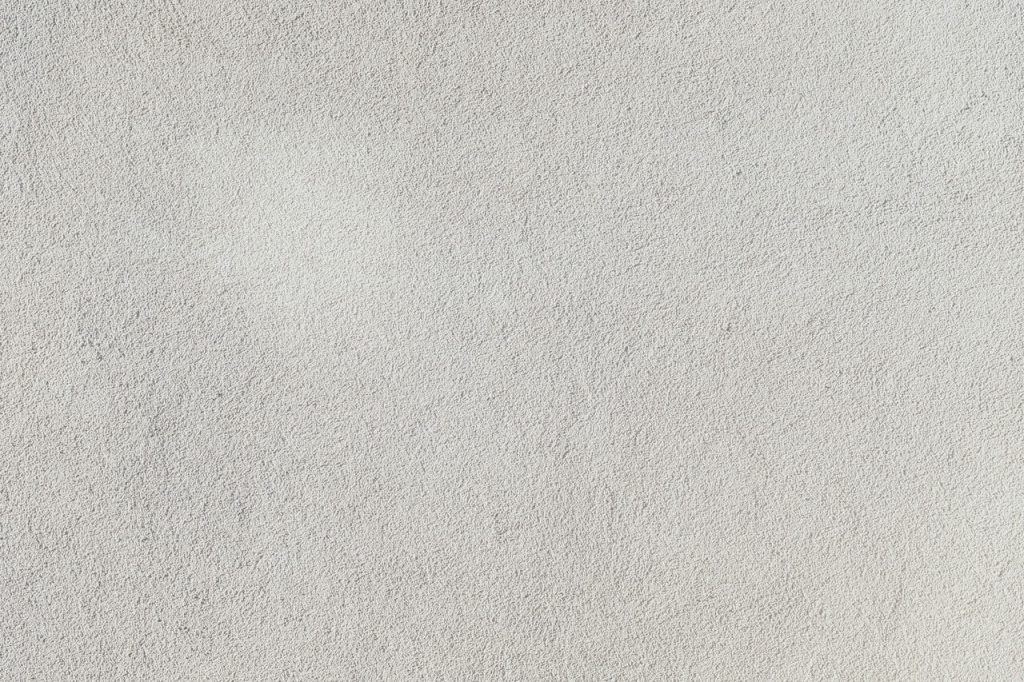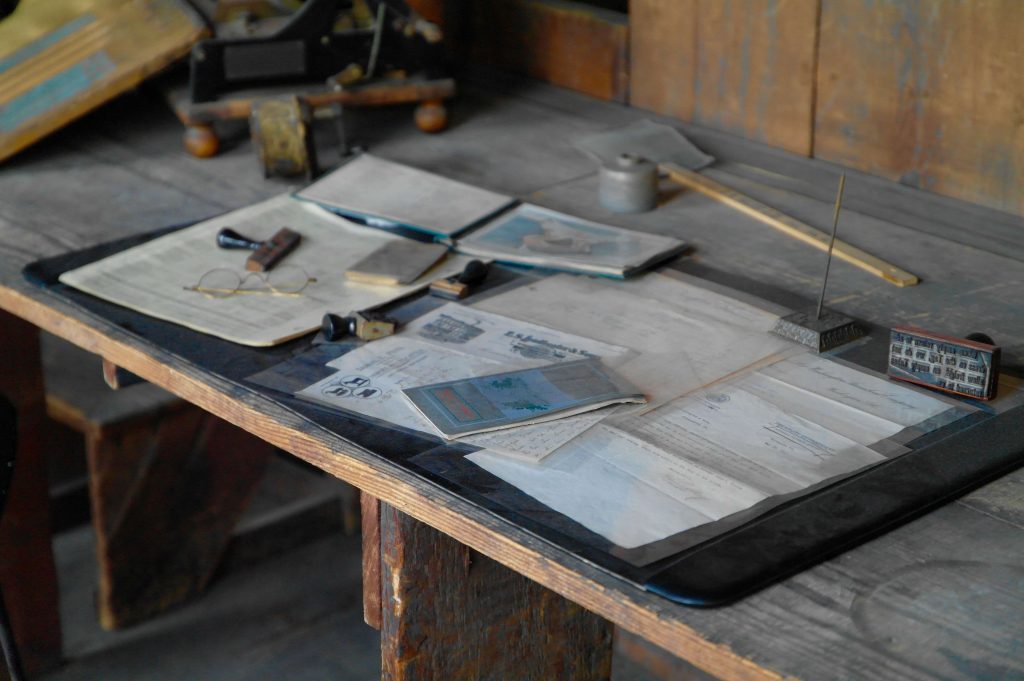Sponsored article
3D printers have many components and require a fair number of specialized tools and parts to operate. By tools, we mean all the extra equipment needed to make the printing process run smoothly, while spare parts are add-ons for parts that may degrade (like nozzles), break, or run out. It’s a good idea to know at least some of the parts that will make your printer work even more efficiently.

Towels and tissues are a more unexpected choice, but they are very helpful in many situations. You can soak them in water, acetone or isopropyl alcohol (IPA) and clean your work platform if it’s covered in glue or other residue. Another use for this equipment is to clean tools, hands, and even give your printer a nice shine to make it look more presentable.
The towels can be anything from an old shirt to a dishcloth or microfiber cloth; microfiber cloths are definitely preferred because they trap dirt and debris. You can use the same cloths designed for cleaning laptop screens, or even special ones for cleaning musical wind instruments.

Sandpaper is another piece of 3D printer equipment that is mainly used for post-production of prints. If you’ve ever seen a 3D printed part, you probably remember that distinct line look on the print thanks to FDM printing technology.
You can use sandpaper to blend the different layers of a 3D printed part to hide the layer lines on the print, both in terms of feel and appearance. Sanding parts can be used on all types of 3D prints, but is especially useful for cosplays or other models on display.
Sandpaper comes in a variety of grits, and the smaller the number of grits, the less smooth the finish. For 3D printing, you’ll probably need an assortment of different sandpapers with different grits.

The work platform is the surface of the printer above the heating element of the bed (if the printer has a heated table) on which parts are printed. Plates are made of various materials, such as glass and steel, and some have special features, such as being magnetic or flexible. If the work platform cracks, warps or bends, you should replace it, as this can make it difficult to level the bed.
Work tables don’t vary much in quality, but as we said, they are made of different materials and have different features. The better boards provide better grip for the filament to be laid and printed; two good options are a tempered glass board and a flexible steel table. You can purchase specialized overlays for your work table, such as the BuildTak K8400-BT, which are available at https://sklep.avt.pl/.
The print removal blade helps you quickly and easily remove prints from the work table. This tool is especially useful if you are using an adhesive on the plate or a filament that sticks very well, like PETG. When using them, the blade should always point away from you as they can be quite sharp!
You can get print removal blades with the handle perpendicular or parallel to the blade. If you don’t want to buy a specific product, using a paint scraper is a DIY alternative that works very well.

Cables can eventually break due to wear and tear, so it’s a good idea to have spare wiring on hand for your machines. Especially on machines like 3D printers with many moving parts, wires can degrade due to friction or if they are stretched or compressed too much. You may also want extra wires if you plan to do small projects in your workspace (as with SBC).
Wires can vary in diameter, but quality shouldn’t vary too much from brand to brand. To choose an indicator, you may need replacement parts for some 3D printer wires, such as those for the heater, thermistor, and stepper motors.
Nozzles can wear and tear over time, leading to inconsistent extrusion, so it’s important to have spares in case they get jammed or clogged. They come in a variety of materials, from brass and steel to tungsten and ruby; the more conductive, abrasion-resistant and harder the nozzle, the better.
Nozzles vary in quality depending on the material they are made from and the quality of that material.